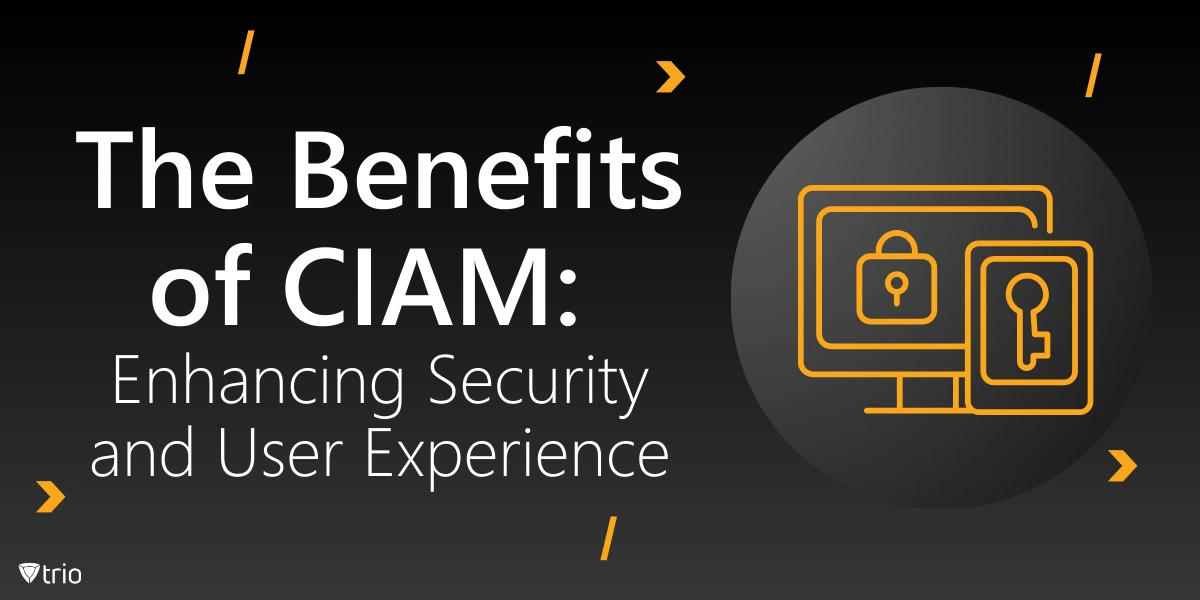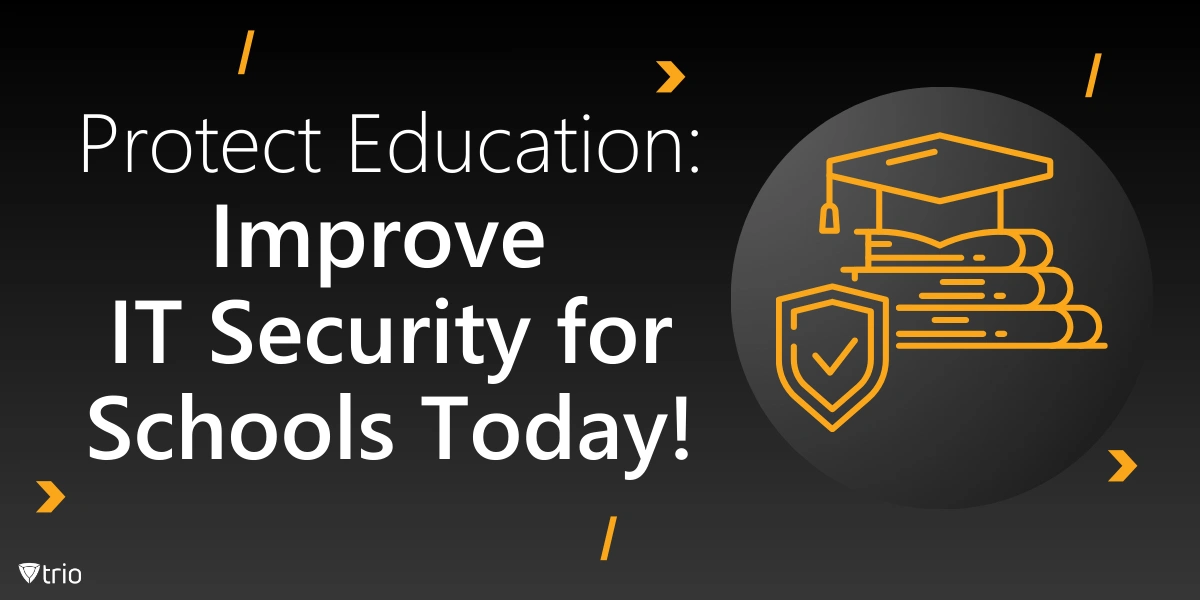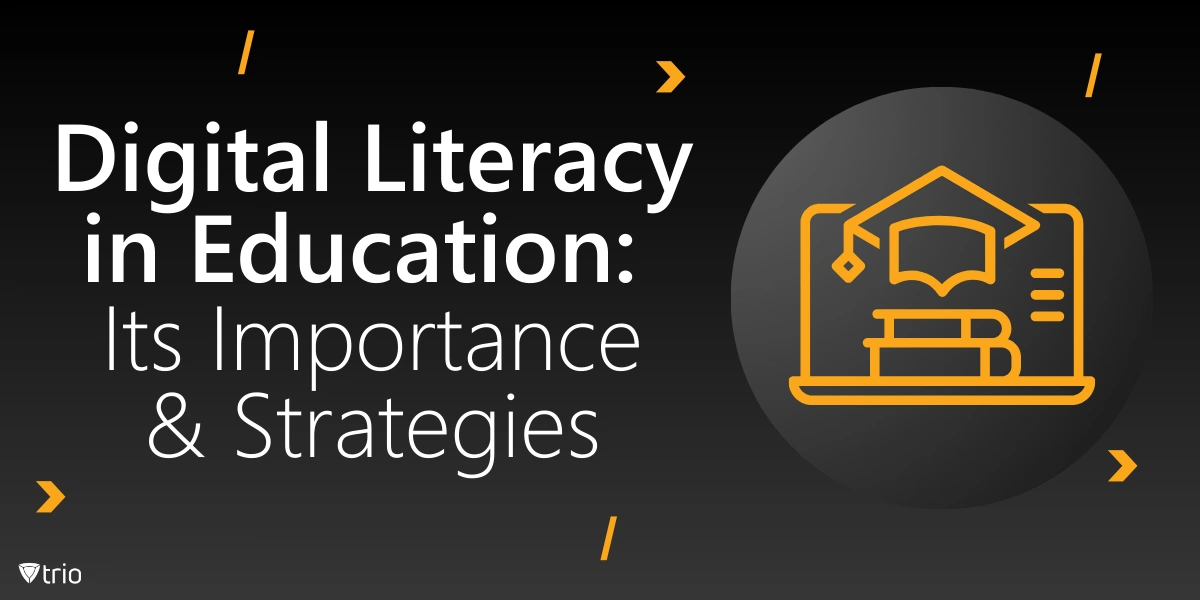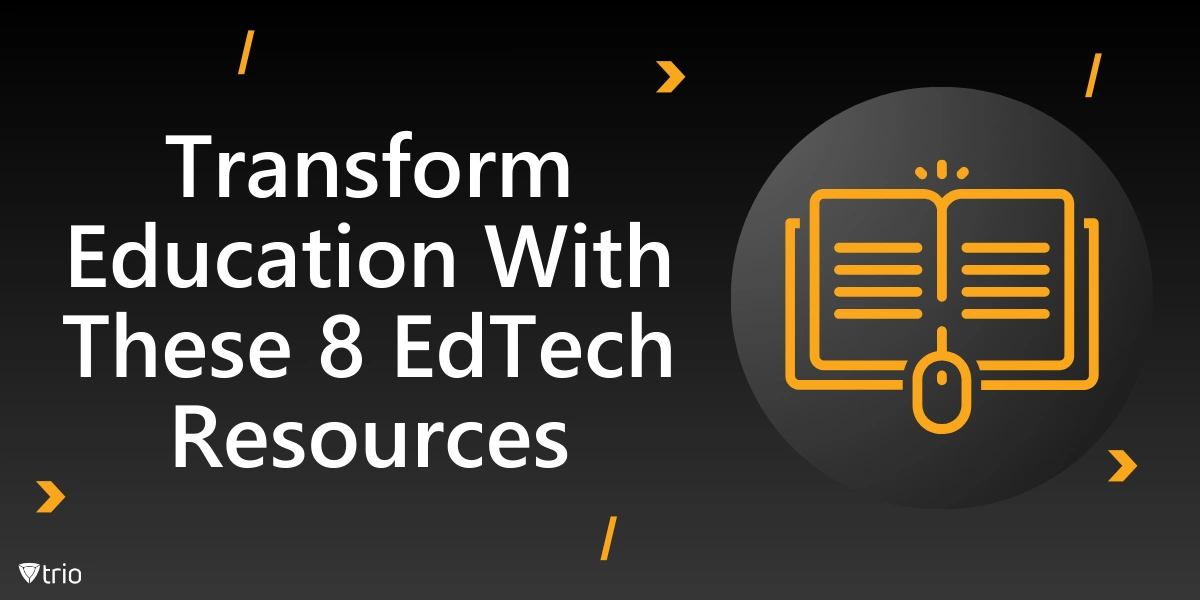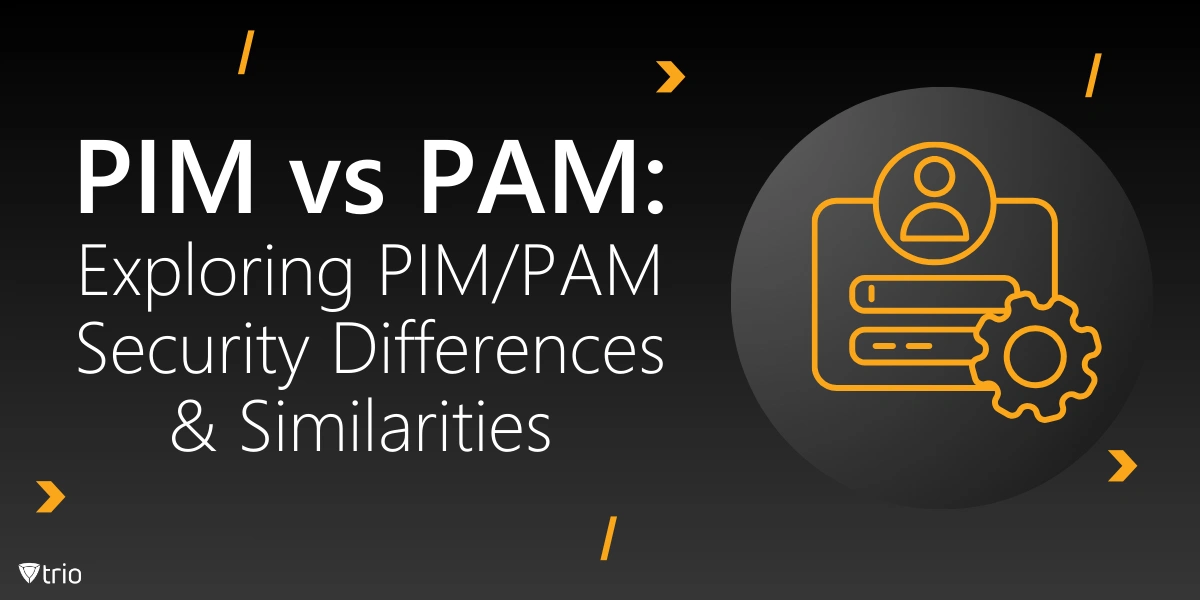In today’s increasingly digital world, providing seamless, secure, and personalized user experiences is crucial for businesses. Customer Identity and Access Management (CIAM) is a powerful solution that helps businesses manage customer identities, ensuring secure access while providing a frictionless user experience. This blog will explore the benefits of CIAM, offering CIAM benefits examples, explaining what CIAM is, its architecture, the different CIAM products, and CIAM software that businesses can use to implement this solution.
What is CIAM?
Customer Identity and Access Management (CIAM) refers to the processes, technologies, and solutions used by businesses to manage the identities and access of their customers. CIAM solutions offer organizations the ability to securely store and manage customer data, authenticate and authorize access, and monitor user activities. Unlike traditional IAM (Identity and Access Management), which focuses on internal employee management, CIAM is designed specifically to handle customer identities and their interactions with digital platforms, whether that be websites, mobile apps, or IoT devices.
CIAM is designed to manage and secure the identities of external users, such as customers or clients, focusing on providing a seamless and user-friendly experience for accessing digital services, while ensuring compliance with privacy regulations like GDPR. It often includes features like social logins, self-service, and flexible authentication methods. On the other hand, IAM (Identity and Access Management) is aimed at managing internal users, such as employees and contractors, controlling access to sensitive corporate resources. IAM prioritizes security with features like multi-factor authentication (MFA), role-based access control (RBAC), and detailed access logging. While CIAM focuses on customer engagement and ease of access, IAM is primarily concerned with securing internal networks and data within the organization.
The main goal of CIAM is to ensure that businesses can manage large volumes of customer data securely while providing users with a convenient, personalized experience. This involves features like single sign-on (SSO), multifactor authentication (MFA), and privacy management. By leveraging key CIAM features and solutions, businesses can ensure robust security, regulatory compliance, and an optimal user experience.
Key Benefits of CIAM
CIAM offers a wide range of benefits, both in terms of security and user experience. Below, we explore some of the most notable advantages of adopting a CIAM solution.
1. Enhanced Security for Customer Data
One of the main benefits of CIAM is the ability to enhance security around customer data. CIAM solutions provide businesses with the tools needed to enforce strong authentication methods like multi-factor authentication (MFA), ensuring that only legitimate users can access their accounts. By verifying identities with multiple factors, CIAM solutions mitigate the risk of account takeovers, phishing attacks, and data breaches.
Moreover, CIAM solutions often come with built-in encryption, ensuring that customer data is stored and transmitted securely. This level of security not only helps protect sensitive customer data but also ensures businesses comply with data privacy regulations, like the GDPR and CCPA.
2. Improved User Experience
CIAM enhances the user experience by providing streamlined and frictionless access to digital services. One of the key features of CIAM solutions is Single Sign-On (SSO), which allows users to log in once and access multiple applications or services without needing to enter credentials repeatedly. This greatly reduces friction for users and boosts their satisfaction with the brand’s digital services.
In addition to SSO, CIAM systems often allow for social login integration, enabling customers to log in with credentials from social media platforms like Facebook, Google, or Twitter. This feature speeds up the sign-up and authentication process, providing an intuitive experience for customers and a great customer engagement strategy for companies.
3. Scalability to Handle High Volumes of Users
As businesses expand, they often encounter challenges managing increasing numbers of customers and their identities. CIAM solutions are designed to scale effortlessly to accommodate millions of customers, which is essential for growing businesses, particularly those with global or online audiences. Whether you’re an e-commerce platform or a SaaS provider, CIAM ensures that your system can handle the demands of millions of users while maintaining a high level of performance.
4. Personalization and Targeted Marketing
By leveraging the data collected through CIAM systems, businesses can gain deep insights into their customers’ behaviors and preferences. This data allows businesses to offer personalized experiences that are tailored to individual users. For example, CIAM solutions allow for customized content, personalized recommendations, and targeted marketing campaigns.
This level of personalization helps businesses build stronger relationships with their customers, improving customer retention and increasing revenue. Personalized experiences also make users feel valued, which is a key driver of customer loyalty.
5. Regulatory Compliance and Data Privacy
In a world where data privacy regulations are becoming increasingly stringent, CIAM solutions can help businesses stay compliant with laws such as the GDPR, CCPA, and HIPAA. CIAM systems are designed to handle sensitive customer data securely, providing features like consent management, data encryption, and audit trails.
These features ensure that businesses can track consent, manage data rights, and provide users with access to their data. Moreover, CIAM solutions allow businesses to respond quickly to data requests or data breaches, which is essential for staying compliant with privacy regulations.
6. Simplified Administration and Centralized Control
Managing customer identities across multiple systems and platforms can be a logistical challenge, especially for large organizations. CIAM solutions provide a centralized platform where businesses can manage all aspects of customer access, including authentication, authorization, and profile management. This centralized control makes it easier for organizations to maintain user accounts, monitor activity, and enforce security policies across all platforms.
Additionally, CIAM systems offer automation tools that reduce the administrative burden of managing large numbers of customer accounts. For example, self-service password recovery, account management, and profile updates can be handled by the user, freeing up valuable resources for IT teams.
7. Secure Partner and Third-Party Access
In today’s interconnected world, businesses often need to allow third parties, partners, and vendors to access specific data or applications. CIAM enables secure partner access by providing fine-grained access control. Through the use of role-based access control (RBAC), businesses can define who can access what data and at what level, ensuring that third parties only have access to the information they need.
This secure access is vital for maintaining control over sensitive data and protecting against potential risks associated with external parties.
CIAM Benefits Examples
Here are some examples of CIAM benefits in practical terms:
- Retail and E-commerce: Many retail platforms use CIAM to offer seamless and secure customer experiences, enabling features like SSO, social logins, and personalized recommendations. For instance, an online retailer might use CIAM to enable customers to create accounts, log in with social media profiles, and receive personalized product recommendations based on their previous purchases.
- Healthcare: Healthcare organizations leverage CIAM solutions to ensure secure access to patient portals, enable multifactor authentication, and comply with data protection laws like HIPAA. CIAM allows patients to access their health records securely while offering healthcare providers insights into patient behavior for better service delivery.
- SaaS Providers: Software-as-a-Service (SaaS) businesses often rely on CIAM to manage customer identities, ensure secure access to platforms, and provide a smooth user experience. CIAM enables SaaS businesses to scale and manage millions of user accounts while offering advanced security features like MFA and user consent management.
Two specific examples of CIAM uses in business include Spotify and Airbnb. Spotify uses CIAM to manage millions of user identities and provide a seamless experience across devices. With features like social login (Facebook, Google), users can easily register and log in without creating yet another password, improving the user experience and engagement. The platform also tailors personalized playlists and recommendations based on user behavior, showcasing how CIAM can enhance personalization. Airbnb uses CIAM for secure user authentication and to ensure a smooth booking experience for guests and hosts alike. Through a combination of multi-factor authentication (MFA) and social logins, users can easily and securely access the platform. This helps Airbnb protect its large community while providing a simple, frictionless sign-in experience, which is critical for customer retention in the highly competitive travel industry.

CIAM Architecture
CIAM architecture is designed to integrate various security features and user management processes to ensure the seamless, secure handling of customer identities. A typical CIAM architecture includes several key components:
- Authentication and Authorization: CIAM solutions provide secure authentication methods like Single Sign-On (SSO), Multi-Factor Authentication (MFA), and social login integration. Authorization involves defining user roles and ensuring users only have access to the resources they are authorized to use.
- Identity Store: This is the centralized repository where all user identity data, such as profiles and authentication credentials, are stored. This data is typically encrypted to ensure security.
- Consent Management: CIAM systems include consent management functionality to capture and manage customer consent for data collection and usage. This feature ensures compliance with privacy regulations.
- User Profile Management: CIAM solutions allow businesses to manage user profiles, enabling customers to update their information, change preferences, and manage security settings.
- Access Management: This component is responsible for controlling and monitoring who has access to specific applications or data. It ensures that only authorized users can access sensitive resources.
CIAM Products and Software
There are several CIAM products and CIAM software available on the market, each designed to meet the unique needs of businesses. Some popular CIAM solutions include:
- Okta: Okta is a leading identity management platform that provides CIAM capabilities, including SSO, MFA, and user lifecycle management.
- Auth0: Auth0 offers a flexible CIAM solution that supports a wide range of authentication and authorization features, such as social login integration, MFA, and advanced access control.
- Ping Identity: Ping Identity is a comprehensive CIAM platform that offers secure user authentication, SSO, MFA, and access management features.
- Microsoft Azure Active Directory B2C: Azure AD B2C provides identity and access management services for consumer-facing applications, including features like SSO and social login.
Conclusion
In conclusion, Customer Identity and Access Management (CIAM) is a critical component of modern cybersecurity and user experience management. By adopting CIAM solutions, businesses can secure customer data, streamline authentication processes, and ensure compliance with data privacy regulations. Additionally, CIAM solutions provide businesses with valuable insights into customer behavior, enabling personalization and improved customer engagement.
Whether you’re looking to enhance security, improve user experience, or ensure regulatory compliance, CIAM is an essential tool for businesses in today’s digital landscape. With its many benefits and capabilities, CIAM provides organizations with the tools they need to build strong, secure, and trusted relationships with their customers.
Ready to enhance your customer experience with CIAM? Trio’s Mobile Device Management (MDM) solution integrates seamlessly with CIAM, offering businesses the ability to manage access and ensure security across multiple devices and platforms. Get your free demo now!
Know about news
in your inbox
Our newsletter is the perfect way to stay informed about the latest updates,
features, and news related to our mobile device management software.
Subscribe today to stay in the know and get the most out of your mobile
devices with our MDM solution app.
Recent Posts

New Google Chrome Warning As ‘No 0-Day’ Drive-By Cyber Attack Confirmed
A newly discovered vulnerability in Google Chrome’s File System Access API enables drive-by attacks without zero-day exploits, compromising user security.
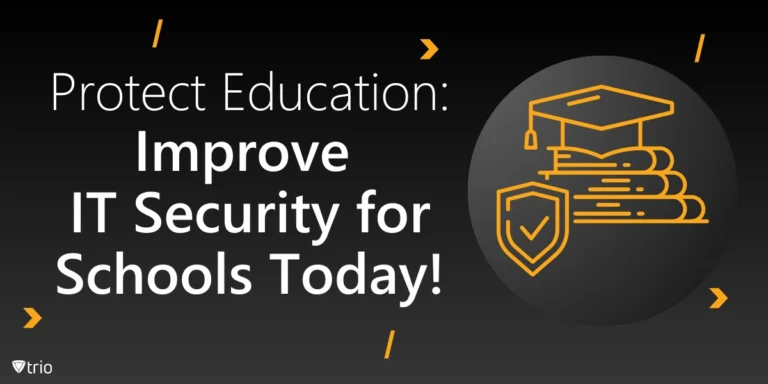
A Complete Guide to Implementing IT Security for Schools
Learn how you can strengthen IT security for schools with best practices, real-world examples, and effective solutions.
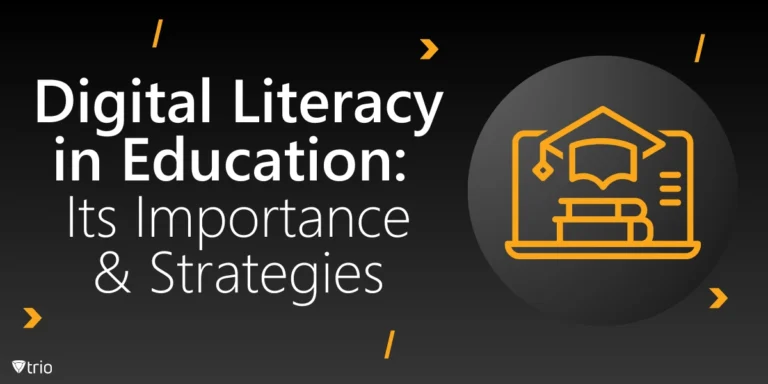
Digital Literacy in Education: Its Importance & Strategies
This complete guide explores the importance of digital literacy in education and strategies for fostering these critical skills in both students and teachers.
